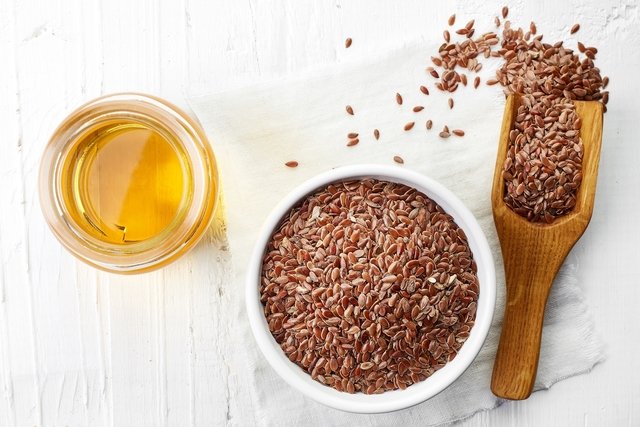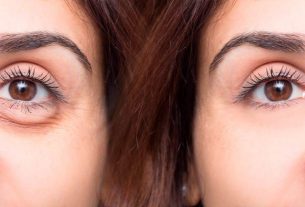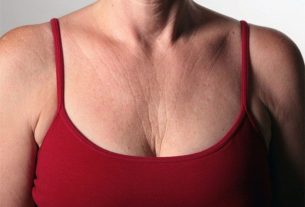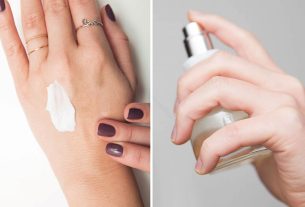Flaxseed gel is made by mixing flaxseeds with water, resulting in a mixture that has an antioxidant, emollient and moisturizing action, and can be used on the skin or hair.
Flaxseed is rich in fatty acids, vitamin E, omega 3 and omega 6, which help maintain the skin and combat premature aging, in addition to regenerating skin cells and helping to combat free radicals. When used on hair, flaxseed gel gives strands a silkier and more hydrated appearance.
This gel can be easily made at home or found in supermarkets, fairs and natural product stores, and should be applied between 1 and 2 times a week.

What is it for
Flaxseed gel is indicated for:
- Strengthen dry and dehydrated skin;
- Eliminate impurities present in the most superficial layer of the skin;
- Prevent aging and reduce expression lines;
- Control skin oil;
- Strengthen hair strands and assist in their reconstruction;
- Model curls and reduce frizz;
- Give hair shine.
Furthermore, flaxseed gel helps to stimulate circulation in the scalp and assists in hair growth, and can be used in cases of hair loss, damaged hair, lackluster hair or dandruff.
Flaxseed gel is rich in fatty acids, which are a type of fat, which contributes to the deep nutrition of the skin and hair. See also other ways to increase hair hydration.
How to use
Flaxseed gel can be used on both skin and hair:
1. Flaxseed gel for hair
Flaxseed gel can be used on any hair type and you need to apply a layer of gel to damp hair, cover the entire hair and leave it to act for 10 to 15 minutes, removing with water.
Another option is to use the gel with the help of a spray bottle, using your fingers to help define the curls, leaving it to act for 10 to 15 minutes, or to finish a treatment.
It is recommended to make circular movements on the scalp to activate circulation and stimulate growth.
To make your hair more beautiful and hydrated, you can mix the flaxseed gel with a little hair styling cream and apply in small layers to nourish the hair more deeply.
2. Flaxseed gel on the body
Flaxseed gel can be used all over the body and, to do so, a thin layer must be applied to the skin and left to act for 20 minutes. Then remove with warm water and dry with a soft towel.
It can also be used with the help of a spray bottle, making light movements with the palm of the hand in the area you want to hydrate.
To enhance the effect of the gel, you can add a few drops of moisturizing oils, such as rosehip oil or sweet almond oil.
Homemade flaxseed gel recipe
To make flaxseed gel at home, you can follow the following recipe:
Ingredients
- 4 tablespoons of flaxseeds;
- 250 ml of water.
Preparation mode
Place the ingredients in a pan over medium heat and let it boil for 5 minutes. Next, strain the flaxseed and place the gel in a glass container with a lid.
The gel, when stored in the refrigerator, can last up to 1 week, which allows it to be used more than once.
Its benefits can be obtained with both golden and brown flaxseeds, but to obtain greater results, it is recommended to prefer golden flaxseeds, as they are richer in nutrients, especially omega 3.
Bibliography
- TASNEEM, R.; et al. Development of Phytocosmeceutical Microemulgel Containing Flaxseed Extract and Its In Vitro and In Vivo Characterization. Pharmaceutics. 14. 8; 1656, 2022
- NOWAK, W.; JEZIOREK, M. The Role of Flaxseed in Improving Human Health. Healthcare (Basel). 11. 3; 395, 2023
- DRAGANESCU, D.; et al. Flaxseed lignan wound healing formulation: characterization and in vivo therapeutic evaluation. Int J Biol Macromol. 72. 614-23, 2015

Sign up for our newsletter and stay up to date with exclusive news
that can transform your routine!
Warning: Undefined array key "title" in /home/storelat/public_html/wp-content/plugins/link-whisper-premium/templates/frontend/related-posts.php on line 12
Warning: Undefined array key "title_tag" in /home/storelat/public_html/wp-content/plugins/link-whisper-premium/templates/frontend/related-posts.php on line 13




